Finally it is here! Ranking of the 20 best English footballers of all time
Football
Dr James Naismith was a Canadian-American clergyman, educator and sports coach. He is widely credited with being the father of basketball and creating the 13 original rules of basketball. We break down those rules and how they relate to how the game is played today.
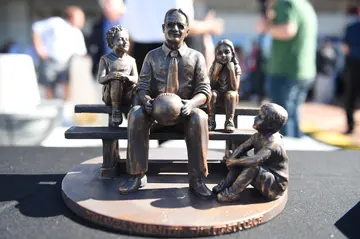
Naismith was born in Canada in 1861. He was an active sportsman in his youth, encouraging him to study physical education, earning him a diploma from the Presbyterian College in Montreal and a degree from McGill University. After working in Canada for some years, he moved to the US and started working at the University of Kansas, where he developed the first 13 original rules for basketball.
The original list of 13 basketball rules was published on January 15th 1892, in the Springfield College Newspaper, The Triangle. They are currently housed at the University of Kansas.
Finally it is here! Ranking of the 20 best English footballers of all time
Football
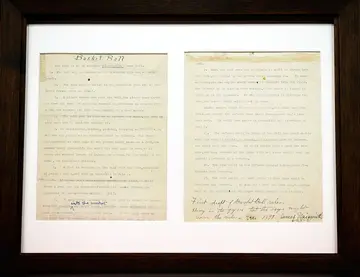
The ball may be thrown in any direction with one or both hands.
The ball may be batted in any direction with one or both hands (never with the fist).
A player cannot run with the ball. The player must throw it from the spot on which he catches it, with allowance to be made for a man who catches the ball when running at a good speed if he tries to stop.
The ball must be held in or between the hands; the arms or body must not be used for holding it.
No shouldering, holding, pushing, tripping, or striking in any way the person of an opponent shall be allowed; the first infringement of this rule by any player shall count as a foul, and the second shall disqualify him until the next goal is made, or, if there was evident intent to injure the person, for the whole of the game, no substitute allowed.
How long is a basketball match? Duration, match facts, and all the details
NBA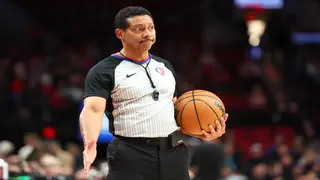
A foul is striking at the ball with the fist, a violation of Rules 3 and 4, and such as described in Rule 5.
If either side makes three consecutive fouls, it shall count as a goal for the opponents (consecutive means without the opponents in the meantime making a foul).
A goal shall be made when the ball is thrown or batted from the ground into the basket and stays there, providing those defending the goal do not touch or disturb the goal. If the ball rests on the edges, and the opponent moves the basket, it shall count as a goal.
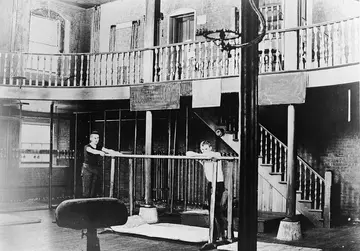
When the ball goes out of bounds, it shall be thrown into the field of play by the person first touching it. In case of a dispute, the umpire shall throw it straight into the field. The thrower-in is allowed five seconds; if he holds it longer, it shall go to the opponent. If any side persists in delaying the game, the umpire shall call a foul on that side.
15 best footballers who smoke: A list of footballers who take the occasional puff
Football
The umpire shall be the judge of the men and shall note the fouls and notify the referee when three consecutive fouls have been made. He shall have the power to disqualify men according to Rule 5.
The referee shall be the judge of the ball and shall decide when the ball is in play, in bounds, to which side it belongs, and shall keep the time. He shall decide when a goal has been made and keep account of the goals with any other duties that are usually performed by a referee.
The time shall be two 15-minute halves, with five minutes of rest between them.
The side making the most goals in that time shall be declared the winner. In case of a draw, the game may, by agreement of the captains, be continued until another goal is made.
Who are the 10 fastest MLB players in the league right now?
Baseball
The first 13 original rules have evolved slightly over the years but have largely retained the same framework. One of the biggest changes was in terms of time, as most leagues these days do four 12-minute periods as opposed to rule 12, which stipulates two 15-minute periods. The calling of fouls also varies based on the league, as junior and senior levels of basketball call fouls differently.
Dr James Naismith passed away in 1939 at 78 after suffering from a brain haemorrhage. He lived long enough to see basketball adopted as an Olympic sport at the 1936 Summer Olympics.
The 13 original rules of basketball laid the foundation for one of the world's most popular sports in modern times. Dr James Naismith's legacy lives on through the NBA, Euroleague and all other basketball leagues all around the globe.
What is softball? Rules, history, and facts of the sport
Other Sports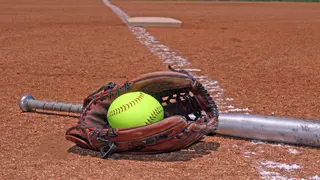
READ MORE: Karl Malone's net worth: How much is the mailman worth right now?
Sports Brief recently detailed Karl Malone's net worth. Malone is an NBA Hall of Famer who won Olympic gold with Team USA in 1992 and 1996. Check the link above to find out more!